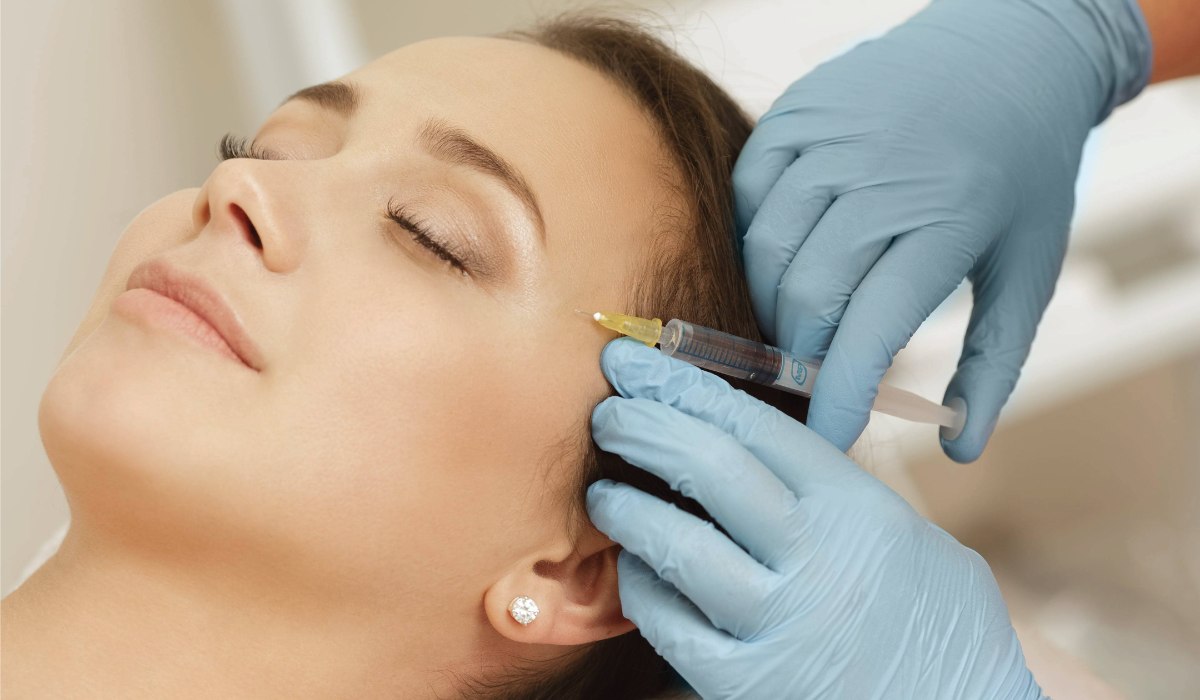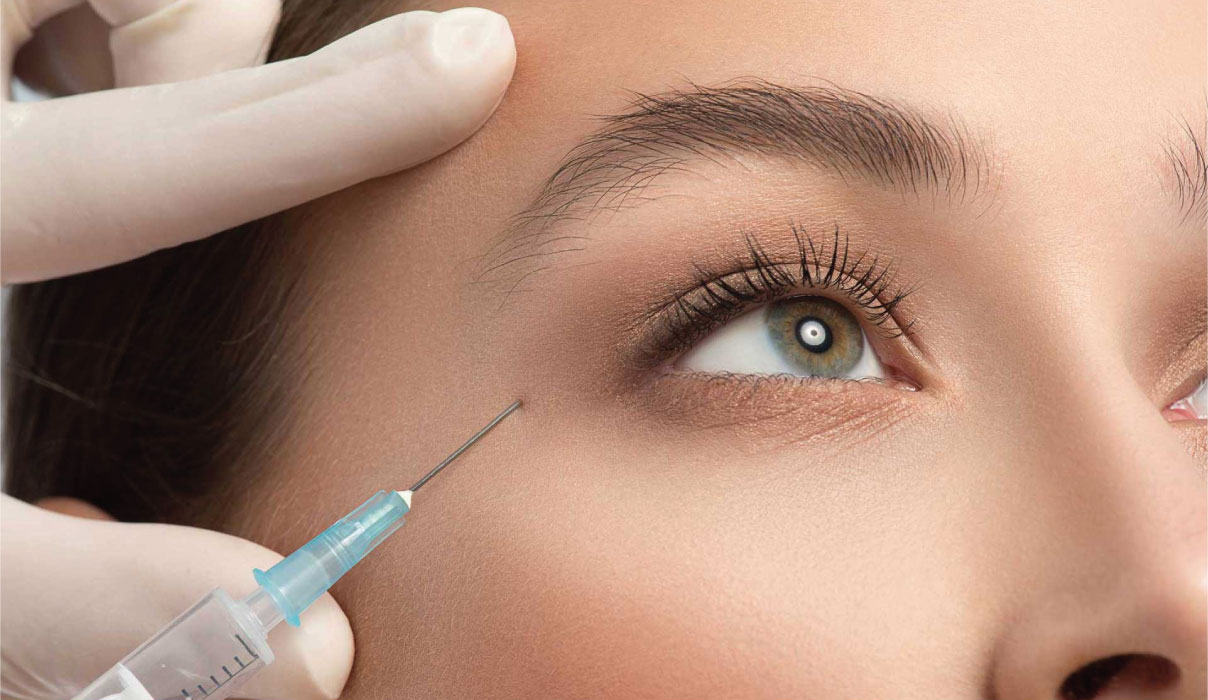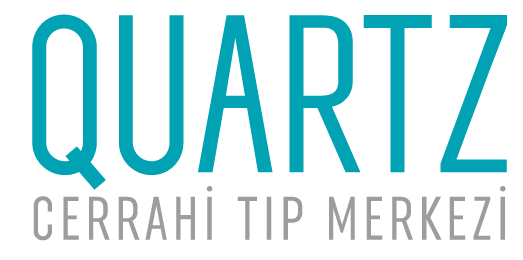Temple filler is an aesthetic procedure performed to correct deformities in the temple area. The temples are located on the upper part of the face, between the eyes and ears, and their appearance significantly influences the overall facial expression. Individuals with inward hollowing in the temple area often project a gaunt and thin image. This condition makes the temporal bone more prominent, giving the temples a skeletal appearance. People who are not satisfied with this look may experience a lack of confidence in both social and professional settings.

Temple filler is suitable for individuals who are born with a naturally weak temple area or those who have experienced hollowing in this region due to the loss of fat, muscle, and connective tissue over time. By filling the hollow areas, temple filler smooths and restores the area, improving the overall proportion of the face. This non-surgical, easy, and comfortable procedure is painless, leaves no scars, and produces quick results.
What is Temple Filler?
Temple filler (temporal filler) is a procedure used to eliminate the issue of temple hollowing. It can be performed using hyaluronic acid filler (dermal filler) or fat injection methods.
Hyaluronic acid filler is a water-based substance naturally found in the human body. It provides volume, smoothness, and vitality to the treated area.
Fat injection, on the other hand, involves harvesting the patient’s own body fat through liposuction, processing it, and using it as a filler. Both fillers effectively address signs of aging in the treated area, giving the skin a plump, vibrant, and smooth appearance.
Where is the Temple Area?
The temple area extends from the end of the eye and the tail of the brow to the ear, located above the cheekbone. Temples, located on both sides of the upper face, lie above the temporalis muscle and the temporal and sphenoid bones. The temple region contains part of the brain’s blood vessels and structures responsible for balance in the inner ear.
What Causes Temple Hollowing?
Under normal circumstances, the temple area is a flat region covered with a thin layer of fatty tissue, with no visible temporal bone. However, hollowing, indentation, and the appearance of bones or blood vessels in this region can occur for several reasons. Deformities caused by fat loss, and changes in muscle and bone structure, can result from aging, genetics, weight loss, illnesses, accidents, or intense exercise. Temple deformities can make a person appear sickly, tired, unhappy, and aesthetically unpleasing.
How is Temple Filler Applied?
Before the temple filler procedure, the patient is examined to assess the level of temple deformity, determine if they are a suitable candidate for the filler, how much filler will be needed, and where the filler will be applied. Once the technique is determined, the temple area is numbed with an anesthetic cream. The filler is then injected into the designated points in the temple using a needle. The procedure takes about 15-20 minutes. After the treatment, the patient can immediately return to their daily activities without the need for rest.
Since the temple region contains important blood vessels, two different techniques are used to avoid damaging this area:
The effects of temple filler are noticeable immediately after the procedure. The filler fully settles and takes its final shape within 7–10 days.
What Should Be Considered After Temple Filler?
Following the temple filler treatment, it is important to adhere to the doctor’s recommendations to ensure the desired effect is achieved and lasts longer. After the temple filler procedure, the following precautions should be taken:
- Protect the temple area from impacts.
- Avoid washing with hot water and stay away from high-heat and steam environments such as baths, saunas, and tanning beds.
- Do not sleep on the temple area (it is recommended to sleep on your back).
- Avoid strenuous activities.
- Drink plenty of water.
- Do not rub, scratch, or massage the temple area.
When Are the Effects of Temple Filler Visible?
The effects of temple filler are noticeable immediately after the procedure. Any swelling or redness in the injected area will subside, and the filler will settle and take its final shape within 7–10 days. During this period, it is crucial to follow the doctor’s recommendations closely.
Is Temple Filler Permanent?

Temple filler typically lasts between 12-18 months for dermal fillers and 24-36 months for fat injections, although this can vary from person to person. The longevity of the filler depends on factors such as the individual’s metabolic rate, genetic characteristics, and the type of filler used. Regularly repeating the filler procedure can enhance its permanence and effectiveness.
Temple Filler Prices
Temple filler prices vary depending on several factors, including the amount of filler used, the extent of deformation in the area, whether other procedures will be performed in conjunction with the treatment, and the doctor’s experience. The most accurate price information can be obtained during the examination of the temple area when your doctor assesses the condition and treatment plan.
What Are the Advantages of Temple Filler?
The benefits and advantages of getting temple filler include:
- Issues such as asymmetry and hollowing in the temple area are corrected, resulting in a smooth and vibrant temple region.
- The skeletal appearance and gaunt effect on the face are eliminated, leading to a healthy and proportionate facial look.
- It is a procedure that is easy to apply and provides quick results.
- It is performed without surgery, with no incisions or general anesthesia required, ensuring a comfortable experience.
- The procedure can be repeated once the effects wear off.
- It is a painless, risk-free, and harmless application.
- A slight lifting effect can be achieved in the brow area.
- As the person attains a proportional and healthy facial appearance, their self-confidence increases, and their mood improves.
How Much Filler is Required for Temple Filler?
On average, 1-2 ml of filler is applied to both temple areas. Depending on the degree of deformation, there may be exceptional cases where more than 2 ml of filler is needed.
Before the procedure, detailed information can be obtained about how much filler will be used, which technique will be applied, and the expected changes in the temple area.
Does Temple Filler Change the Appearance of the Eyebrows?
Since temple filler is applied to the temple area, it also affects the brow and midface regions. A slight lifting effect can be achieved in these areas. If a person requires more than minimal brow lifting, botox can be applied to the brow area in conjunction with temple filler to achieve the desired effect.
Is Temple Filler Risky?
The temple area is considered a risky zone due to the presence of blood vessels leading to the brain. Therefore, procedures in this area must be performed by expert and experienced doctors. When done by an experienced plastic surgeon or dermatologist, temple filler is a safe and harmless procedure. It is also essential that filler treatments are conducted in clinics, medical centers, or hospitals approved by the Ministry of Health.
Can Temple Filler Be Done for Men?
Temple filler can be applied to both men and women. Men, like women, may experience hollowing and pronounced deformities in the temple area. Fillers for men are applied in appropriate doses to maintain masculine facial features.
What Should the Temple Area Look Like Aesthetically?
The temple area, extending from the eyes to the ears, should have a smooth and flat appearance from an aesthetic standpoint. Hollowing, indentations, and the visibility of bones or blood vessels in this area can make a person appear gaunt and aged, leading to a loss of facial proportion. Temple filler can eliminate these negative appearances, resulting in a smooth, firm, and even temple area.
Can Temple Filler Be Repeated?
When the effects of temple filler diminish, the temple appearance returns to its previous state. In such cases, the filler can be reapplied to restore a smooth, even temple appearance. There is no limit to how often the filler procedures can be repeated. Regular applications can enhance the longevity and effectiveness of the filler.
Is It Noticeable That Temple Filler Has Been Applied?
After receiving temple filler, the proportionality achieved in the face provides a youthful and attractive effect. There will be no visible marks or signs indicating that filler has been applied to the skin. To ensure the filler does not appear obvious or overly pronounced on the skin, it must be applied in the correct dosage. Therefore, it is essential to choose experienced and specialized doctors for filler applications.
What Filler is Used for Temple Filler?
Filler brands come in various softness and thickness levels tailored for each area. The most suitable filler for the temple region, categorized as medium softness, will be determined by the doctor. Various factors, including the skin’s structure, degree of deformation, the individual’s facial features, and age, will be considered when selecting the appropriate filler.
![dr.leyla-arvas-800×1000.jpg[1] dr.leyla arvas](https://www.quartz.com.tr/wp-content/uploads/2024/11/dr.leyla-arvas-800x1000.jpg1_.webp)
Author : Op. Dr Leyla ARVAS
Dr Leyla Arvas is an internationally recognised specialist in aesthetic surgery based in Istanbul. Graduated in 1998 from Istanbul University Faculty of Medicine, she has developed her expertise by studying in Taiwan, Japan and Spain during her 20 years of experience.
This article April 19, 2025 was updated on
Editor: admin@quartz.com.tr


